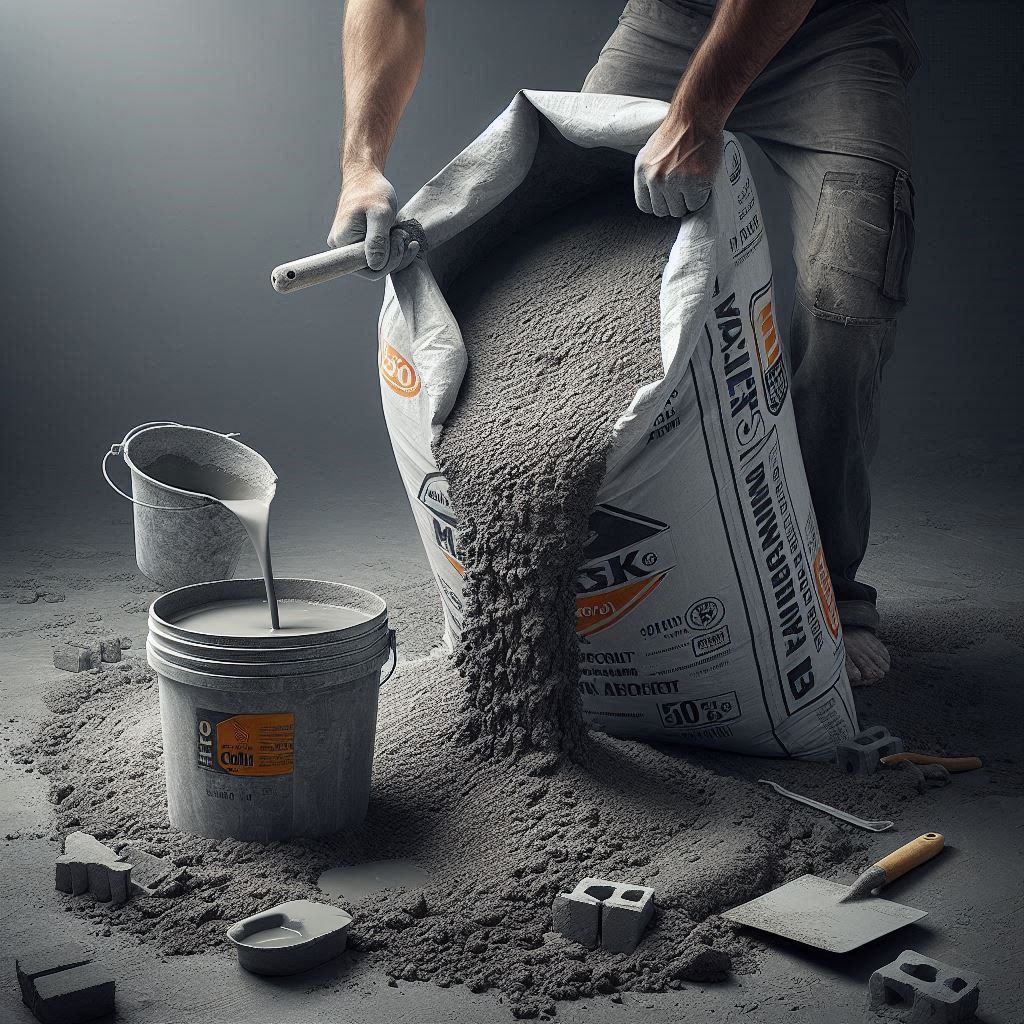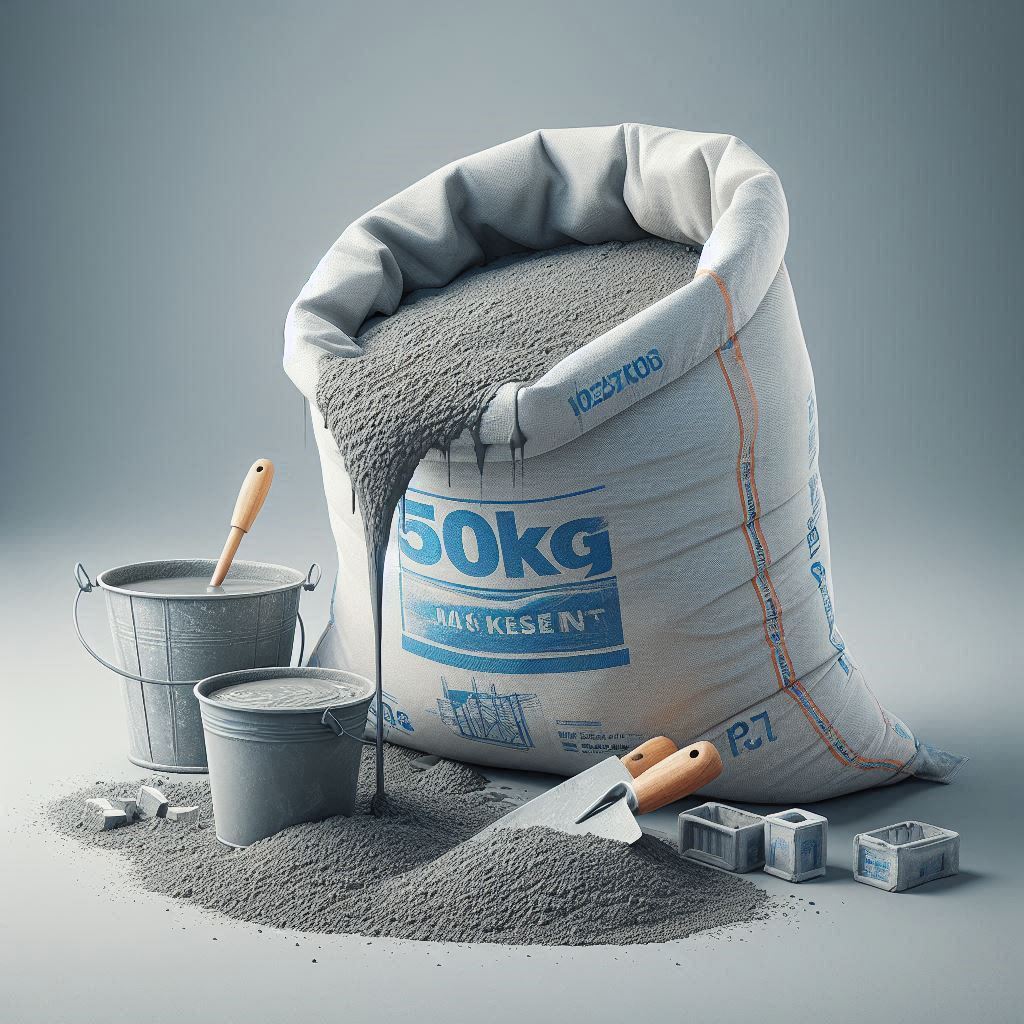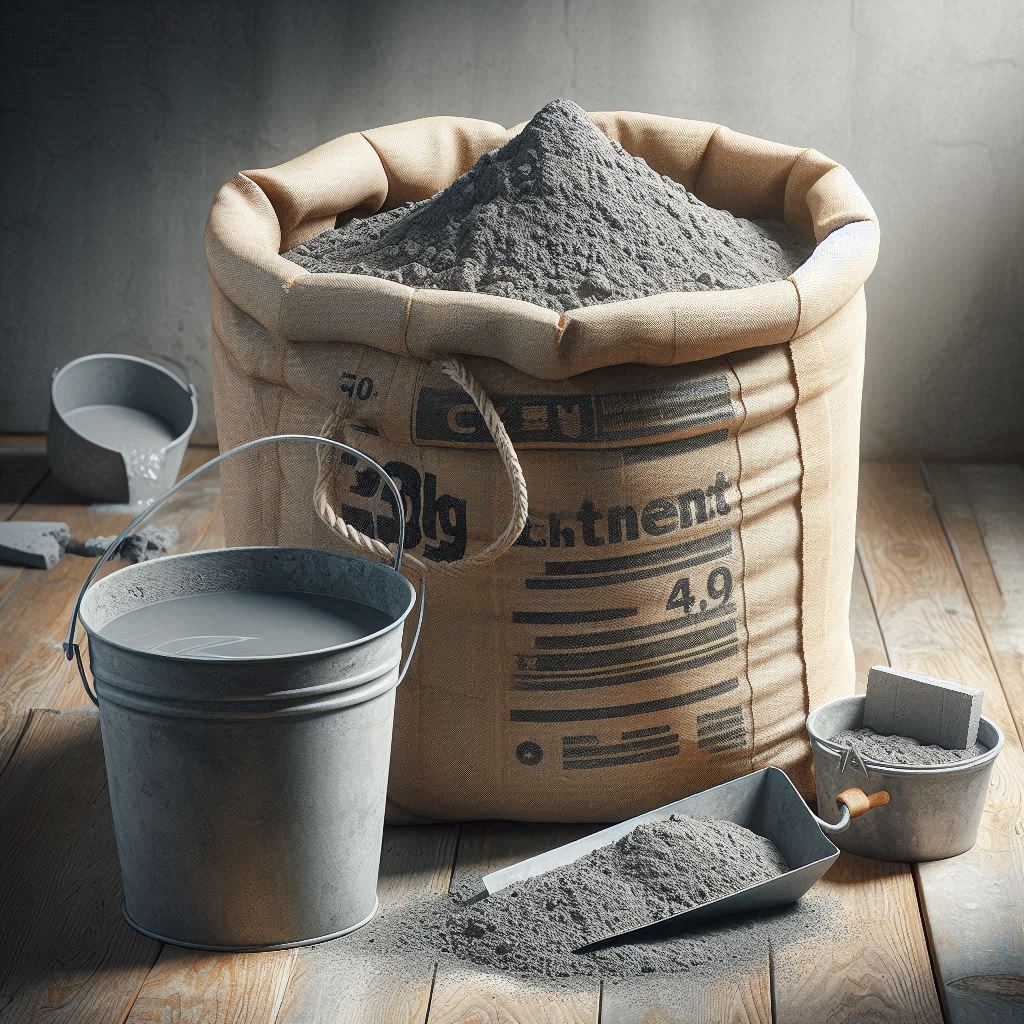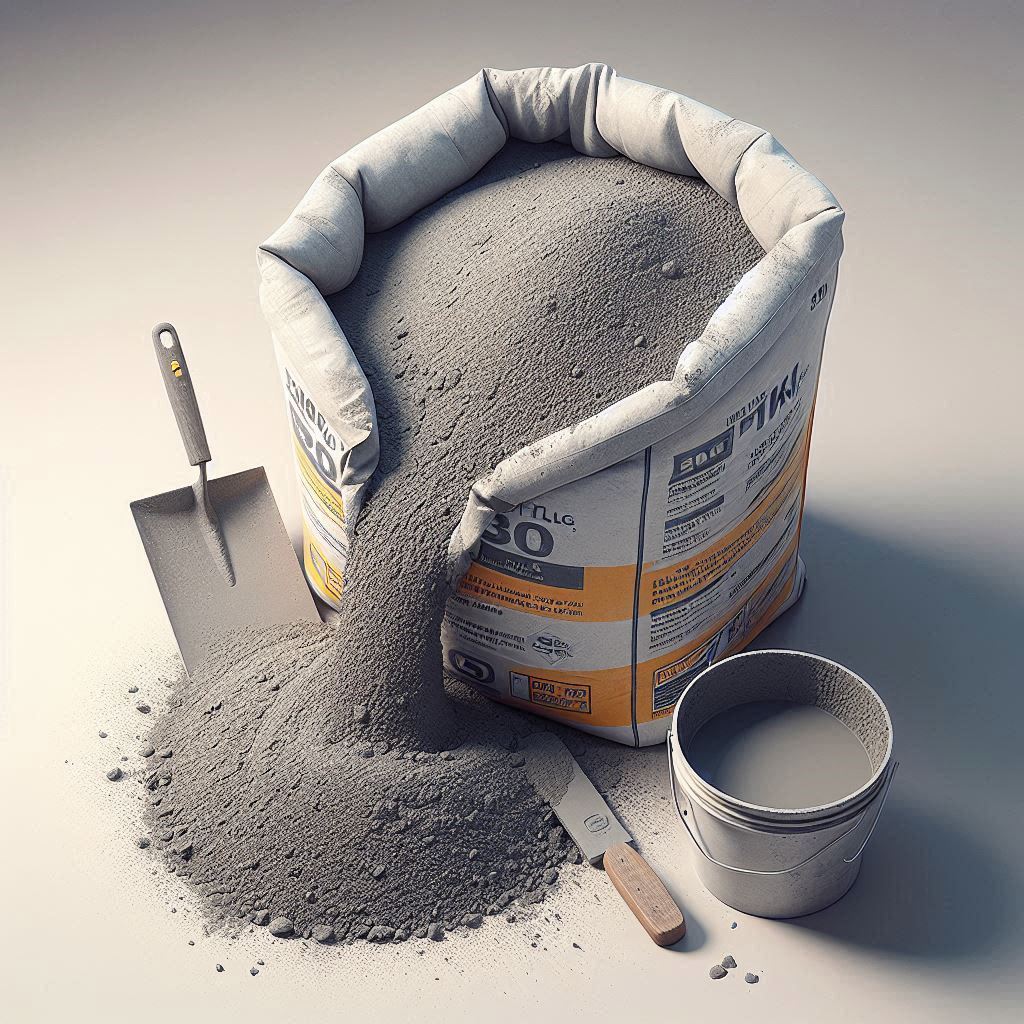Cement is an essential building material used in a wide variety of projects. But when it comes to dimensions and proportions, questions arise. One of the most frequent questions is how many buckets of cement are contained in a 50 kg bag? Let’s get this straight.

Main characteristics of cement
Cement is a powdery substance that, when it interacts with water, turns into a plastic mass that can harden and turn into stone. Here are the main parameters of cement:
- Density: about 1400-1500 kg / m3
- Packing: usually 25kg or 50kg bags
- Usage: concrete, mortars, plaster
Bucket as a measure of volume
Before answering the main question, it is important to understand that a standard bucket in construction usually has a volume of 10 liters. It is important to remember that the weight and volume of cement may vary depending on its type and degree of tamping.

Calculations based on the example of a standard bucket
To calculate how many buckets of cement are in a bag, you need to know the density of cement. At a density of 1400 kg / m3, one liter of cement weighs 1.4 kg. Therefore, a bucket of 10 liters will weigh:
10 liters×1.4 kg / liter=14 kg10 \text{ liters} \times 1.4 \text{ kg/liter} = 14 \text{ kg}
Now divide the weight of the bag by the weight of one bucket:
50 kg÷14 kg=3.5750 \text{ kg} \div 14 \text{ kg} = 3.57
It turns out that a 50 kg bag contains approximately 3.5 buckets of cement.

Table for calculating the number of buckets depending on density
| Density (kg / m3) | Weight of 1 litre (kg) | Weight of 1 bucket (kg) | Number of buckets in 50 kg |
|---|---|---|---|
| 1400 | 1,4 | 14 | 3,57 |
| 1500 | 1,5 | 15 | 3,33 |
| 1600 | 1,6 | 16 | 3,13 |
How to measure cement correctly
The famous builder John Russell said: “Precision in construction is the key to durability.” Therefore, to accurately measure cement, it is important to use special containers and take into account the degree of tamping. It is recommended to use dry and clean buckets that do not allow the material to stick to the walls.
Interesting facts about cement
- Cement was invented in 1824 by Joseph Aspdin, who called it “Portland cement” because of its resemblance to Portland limestone.
- Modern cements can include additives that improve their properties, such as plasticizers, accelerators and retarders of setting.
- The world produces about 4 billion tons of cement annually.

Storage and Usage Tips
Cement is a capricious material that requires special storage conditions. It should be stored in a dry place to avoid clumping and loss of properties. When mixing cement mortar, it is important to observe the proportions of water and cement in order to obtain the necessary strength and ductility.
Now you know that a 50 kg bag of cement contains about 3.5 buckets. This calculation will help you plan construction work correctly and avoid mistakes. Remember the words of architect Frank Lloyd Wright: “The foundation of a good building is the foundation of everything.” So accurate cement calculations are the basis for successful construction.